Both emblematic of, and endangered in, its native Mexico, the perpetually juvenile amphibian known as the axolotl—el ajolote—once thrived within vast lakes later drained by Spanish settlers and devoured by the sprawling metropolis that became the country’s capital. Known for their impish “grins,” feathery gills, hearty carnivorous diets, and remarkable regenerative powers that kick in when a limb (or two) is lost, Mexico City’s famed mole salamanders take their name from Xolotl, the Aztec god of fire and lightning who escaped death by transforming himself into a lizard-like creature and fleeing into the water.
Today, Mexico City’s imperiled wild axolotl population can be found only within a single surviving habitat: the canals and scattered wetlands comprising the remnants of the ancient lake of Xochimilco. Roughly 40 miles to the southwest of the city, in Toluca, the axolotl—including all 16 endemic-to-Mexico members of the larger family Ambystoma—is celebrated, and its continued plight spotlighted, at a new facility that is part of one of the first public park-rewilding projects in the country.
Led by Riparia, a multidisciplinary architecture studio focused on water sustainability, the restoration of Toluca’s 47-acre Parque de la Ciencia Sierra Morelos foregrounds public recreation and wildlife conservation while showcasing the axolotl in a shrine, of sorts: the Ajolotario, a circular wetland observation platform-cum-education center that anchors the revived urban park, dedicated to the conservation and study of Mexico’s iconic amphibians.
Realized with concrete and mass timber, the 4,300-square-foot Ajolotario is built directly into its marshy surroundings, connected to the shore by a pedestrian bridge. Because its lower level is partially submerged, the ring-shaped structure’s concrete “basement” had to be completed before the rainy season began. The wetlands then filled with the assistance of a nearby wastewater plant that pumps treated water into the park’s once-barren ponds—part of a larger wetland reclamation strategy led by Riparia. The remainder of the project was completed by crane.
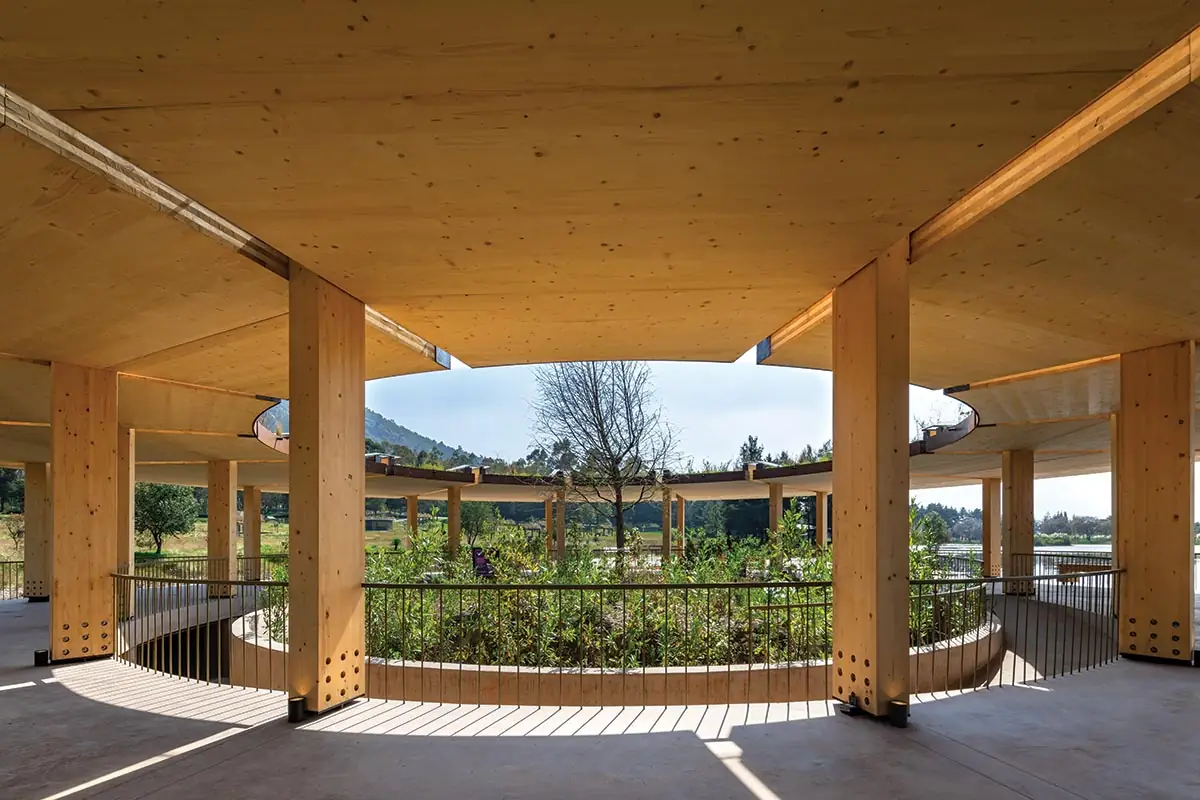
1
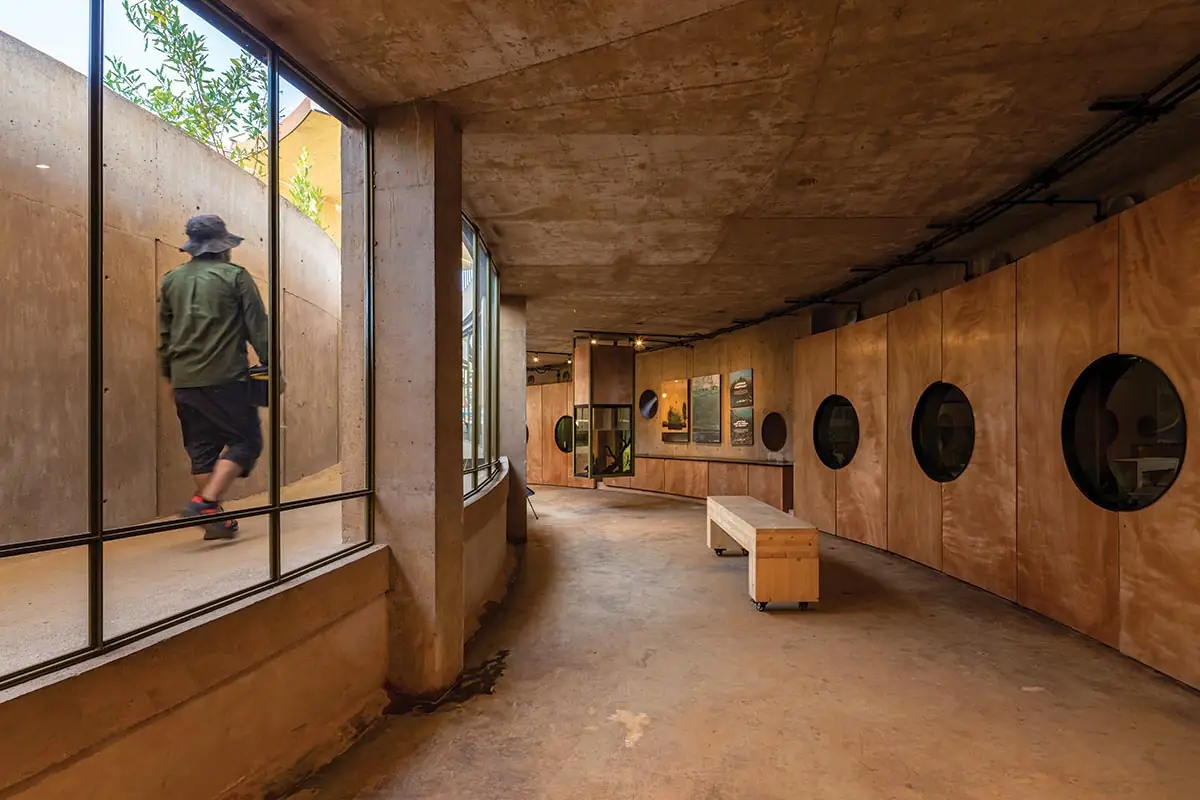
2
A ramp wrapping around a central garden (1) leads to the lower level (2) where native amphibians (3) are on display. Photos © Onnis Luque (1 & 2); Zaickz Moz (3), click to enlarge.
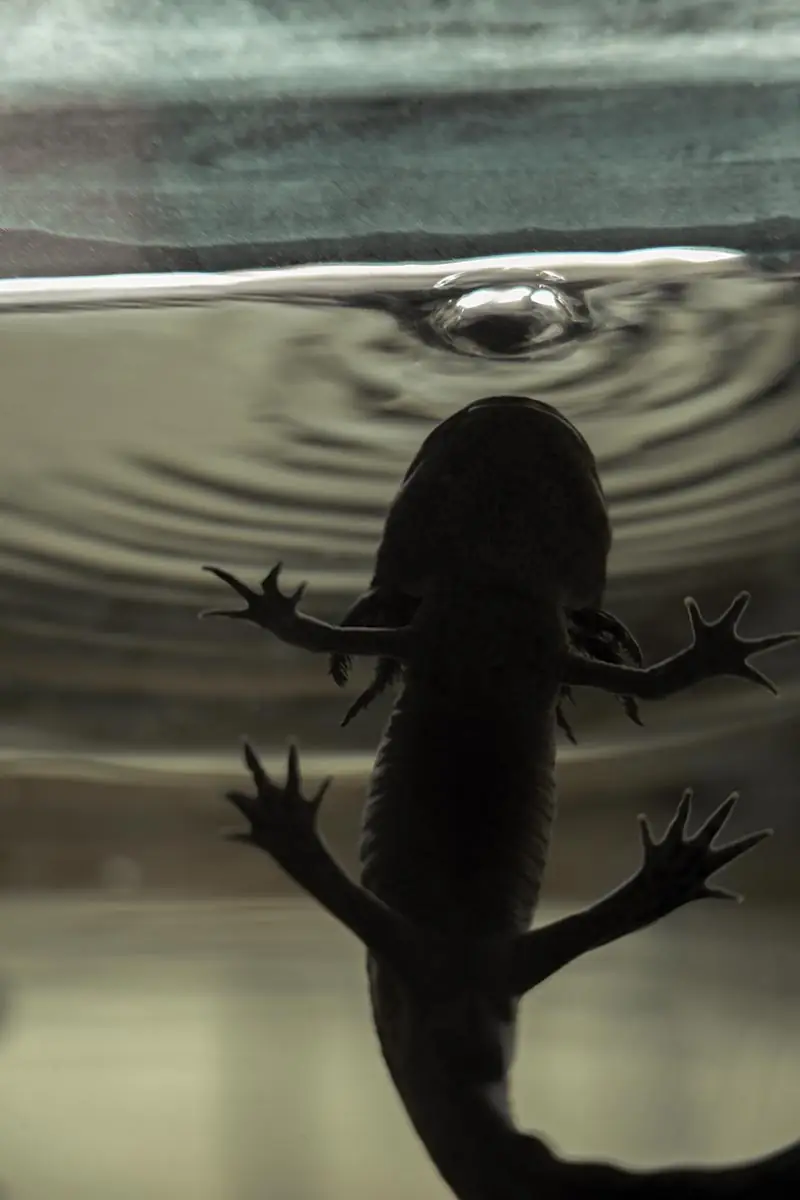
3
Giordana Rojas, a partner at Riparia, points out that the park itself is in a “very humble area, so, in terms of socioeconomics, water, and biodiversity, it was important to rescue it.”
“The Ajolotario is the embodiment of everything we want to showcase about wetlands and the ajolote,” says Laurent Herbiet, another partner. “We put the museum in the water so people can experience the underwater ecosystem.” To that end, the lower level of the pavilion, with its porthole windows offering visitors a direct glimpse of the murky depths, features exhibition space, classrooms, and research labs that are visible to the public from a winding corridor encircling the space. While Toluca’s native variety of ajolote can be found in the wild just upstream of the Ajolotario, the vulnerable amphibians have yet to be reintroduced to the park’s restored lake. For now, they can be viewed, along with fellow Mexican salamanders and other local wetland denizens, in a series of display tanks at the new building.
.webp)
The circular viewing deck looks out to Parque de la Ciencia Sierra Morelos and its restored wetlands. Photo © Onnis Luque
Above the surface at the Ajolotario’s made-for-birding observation level, which is connected to the submerged deck via a spiraling ramp, is a soaring canopy featuring a vegetation-topped cross-laminated timber (CLT) slab roof. Supported by glulam columns, the roof is the first structure in Mexico to be built with CLT, according to the architects. “It’s in the early stages here, but it’s growing fast,” remarks Herbiet of the country’s embrace of mass timber. Further emphasizing the beauty of wood, a Montezuma cypress emerges from a garden at the heart of the space that’s open to the sky.
Back on land, the larger park-rewilding scheme yielded recycled-concrete footpaths, green-roof-topped restroom facilities and picnic shelters, wildflower meadows, a new play area, and a towering bat house—a far cry from its barren previous iteration, when the park lacked significant wildlife and was dominated by scruffy expanses of lawn. After its reopening in late 2022, people—and just as crucially, wildlife—have returned to experience something the park has undergone but that the axolotl, by design, does not: a full metamorphosis.
Click section to enlarge
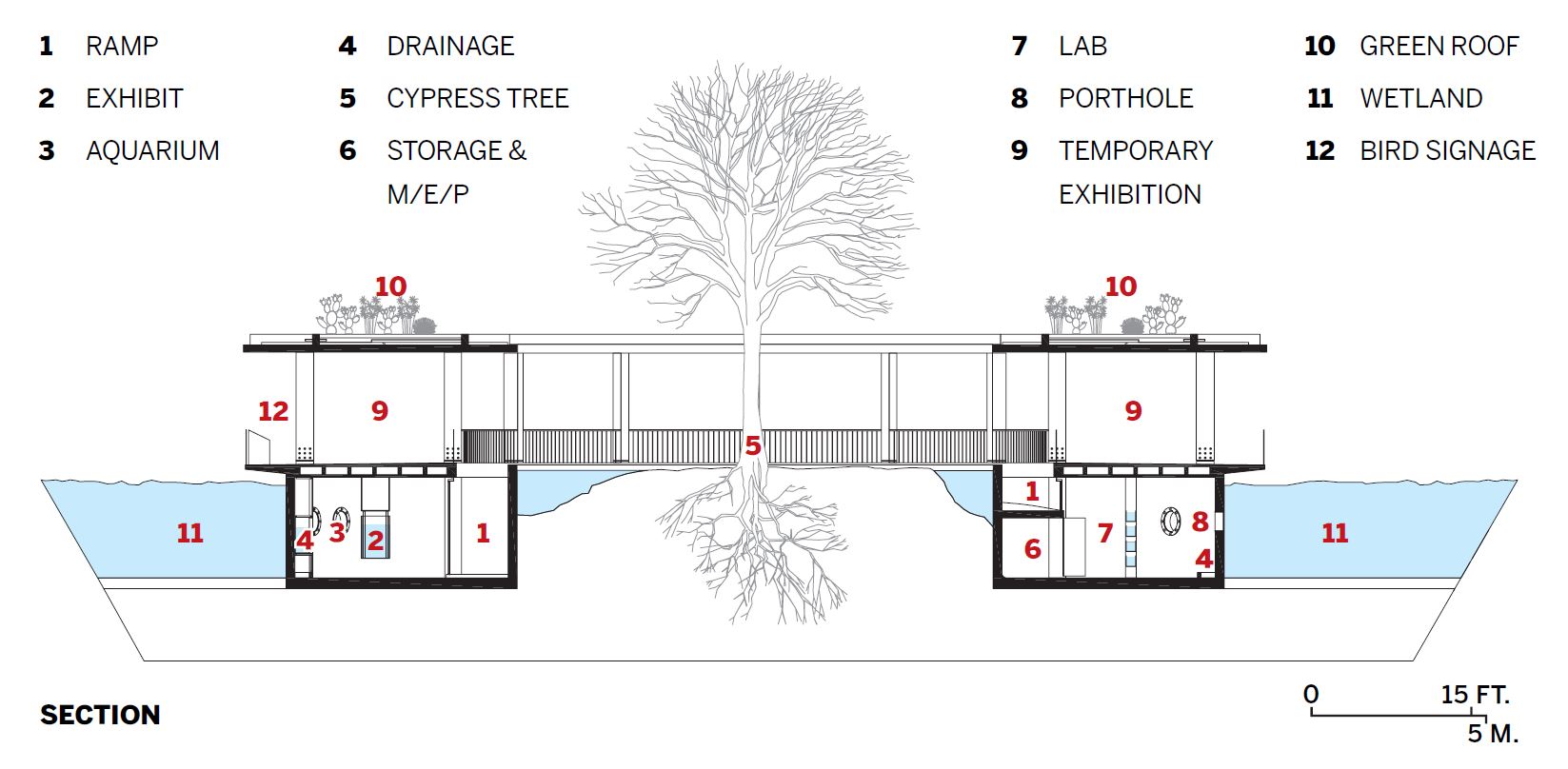



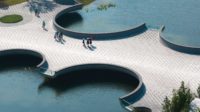

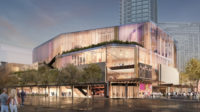
Post a comment to this article
Report Abusive Comment